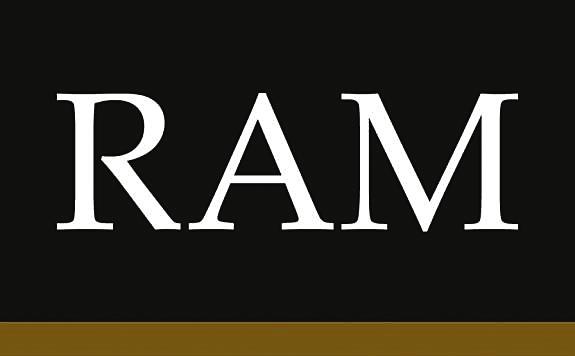PETALING JAYA: RAM Ratings expects general takaful contributions to expand at a slower pace of 6-7% while family takaful new business growth is expected to decelerate to 7-9% this year.
The credit rating agency said general takaful contributions will see slower growth with the progressive impact of tariff liberalisation and moderating economic growth.
Family takaful new business growth, on the other hand, will be hit by weaker consumer sentiments and rising cost of living concerns.
“Despite near-term moderation, the long-term growth prospects for the industry remain anchored by Malaysia’s supportive demographics, low penetration rates and awareness initiatives targeted at the Muslim-majority mass market,” it said in a statement today.
RAM Ratings has a stable outlook on the Malaysian takaful industry for 2019.
Last year, general takaful contributions rose 8% to RM2.8 billion with all major business lines charting growth. Motor took the lead with a 13.4% growth, followed by medical and personal accident coverage with 7.3% growth, and fire plans with 1.4% growth.
RAM Ratings said the lack of significant catalysts for motor sales and property transactions may limit growth going forward.
“In the previous environment of fixed pricing, the unique ability of general takaful operators to offer cashback incentives to customers from takaful fund surpluses was a source of product differentiation.
“This competitive advantage has been curtailed with risk-based pricing, as all general insurers and takaful operators can now offer upfront reductions of premium or contributions for ‘favourable’ risks,” it noted.
Meanwhile, family takaful new business contributions grew 13.1% to RM4.9 billion last year, spurred by the growth of ordinary family products. However, the sector’s profitability was affected by soft investment conditions.
“An anticipated moderation in private consumption growth may tamper with near-term demand, but the recently announced mySalam national health protection scheme which provides takaful coverage to the B40 lower-income group may act as a catalyst for future purchases of individual protection plans. The family takaful penetration rate is currently low, at about 15%,” it said.
According to RAM Ratings, the takaful sector in Malaysia represents a small 17% of the combined insurance and takaful segment’s total premiums and contributions. Upcoming regulatory changes for the industry include enhancements to the existing Takaful Operational Framework.
For family takaful operators, revisions to investment-linked product guidelines will take effect in 2020. These revisions aim to ensure high standards of governance and better safeguards for consumers.
As at end-June 2018, the combined general and family takaful sector’s capital adequacy ratio stood at 227.5% compared with 213.7% as at end-December 2017, above the minimum regulatory requirement of 130%.









